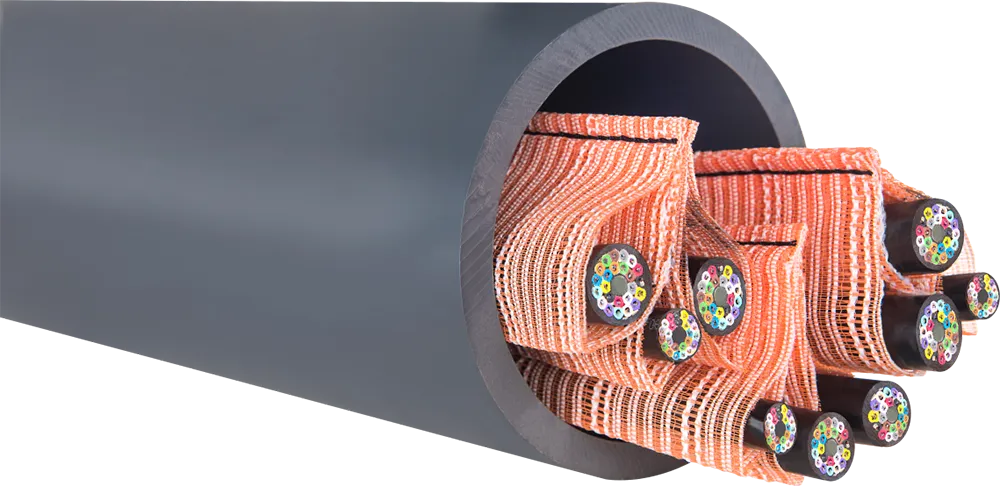Canada-headquartered Carmanah is claiming two industry-first advancements in off-grid solar LED lighting technology with adaptive lighting technology in the form of patent-pending advanced occupancy sensing capabilities. The company has also introduced its highest output self-contained light to-date, the EverGEN 1720.
February 6, 2012
Read time: 2 mins

Canada-headquartered 1034 Carmanah is claiming two industry-first advancements in off-grid solar LED lighting technology with adaptive lighting technology in the form of patent-pending advanced occupancy sensing capabilities. The company has also introduced its highest output self-contained light to-date, the EverGEN 1720.
Carmanah claims that its new advanced occupancy sensing capabilities will provide functionality that no other solar LED light on the market currently offers. The sensing capability allows a network of EverGEN 1710 or 1720 solar LED lights to provide synchronised low-high activation when one of the lights within the network senses motion. Using mesh networking and occupancy sensors, the network of lights communicates wirelessly, providing illumination that is responsive to motion in areas such as parking lots, pathways, secure facilities and other areas where lighting performs an integral role in maintaining safety and security.
Advanced occupancy sensing can be configured for either full or set distance activation. Full activation provides synchronised activation of all the lights within the system. Set distance activation provides for activation of lights within a set distance of the detected motion, effectively providing a bubble of illumination that follows motion throughout the site.
In launching the EverGEN 1720, the company's highest output self-contained solar LED light to date, Carmanah says that in ideal solar conditions with tailored operating profiles, light output of up to 10,000 lumens is achievable, while in more typical conditions, output of 5,000 lumens is common. Ideal for parking lot, residential roadway, sign, perimeter and other site lighting applications, the 1720 has been carefully designed for installation in 30 minutes or less, saving customers time and money.
"The Carmanah EverGEN naturally eliminates the need to trench or install conduit during lighting installation," explains Ted Lattimore, Carmanah CEO. "With the EverGEN 1700 series, installation time and cost are further reduced through the ability to stage the entire system on the ground and hoist it into place on the pole as one complete unit.
Carmanah claims that its new advanced occupancy sensing capabilities will provide functionality that no other solar LED light on the market currently offers. The sensing capability allows a network of EverGEN 1710 or 1720 solar LED lights to provide synchronised low-high activation when one of the lights within the network senses motion. Using mesh networking and occupancy sensors, the network of lights communicates wirelessly, providing illumination that is responsive to motion in areas such as parking lots, pathways, secure facilities and other areas where lighting performs an integral role in maintaining safety and security.
Advanced occupancy sensing can be configured for either full or set distance activation. Full activation provides synchronised activation of all the lights within the system. Set distance activation provides for activation of lights within a set distance of the detected motion, effectively providing a bubble of illumination that follows motion throughout the site.
In launching the EverGEN 1720, the company's highest output self-contained solar LED light to date, Carmanah says that in ideal solar conditions with tailored operating profiles, light output of up to 10,000 lumens is achievable, while in more typical conditions, output of 5,000 lumens is common. Ideal for parking lot, residential roadway, sign, perimeter and other site lighting applications, the 1720 has been carefully designed for installation in 30 minutes or less, saving customers time and money.
"The Carmanah EverGEN naturally eliminates the need to trench or install conduit during lighting installation," explains Ted Lattimore, Carmanah CEO. "With the EverGEN 1700 series, installation time and cost are further reduced through the ability to stage the entire system on the ground and hoist it into place on the pole as one complete unit.










